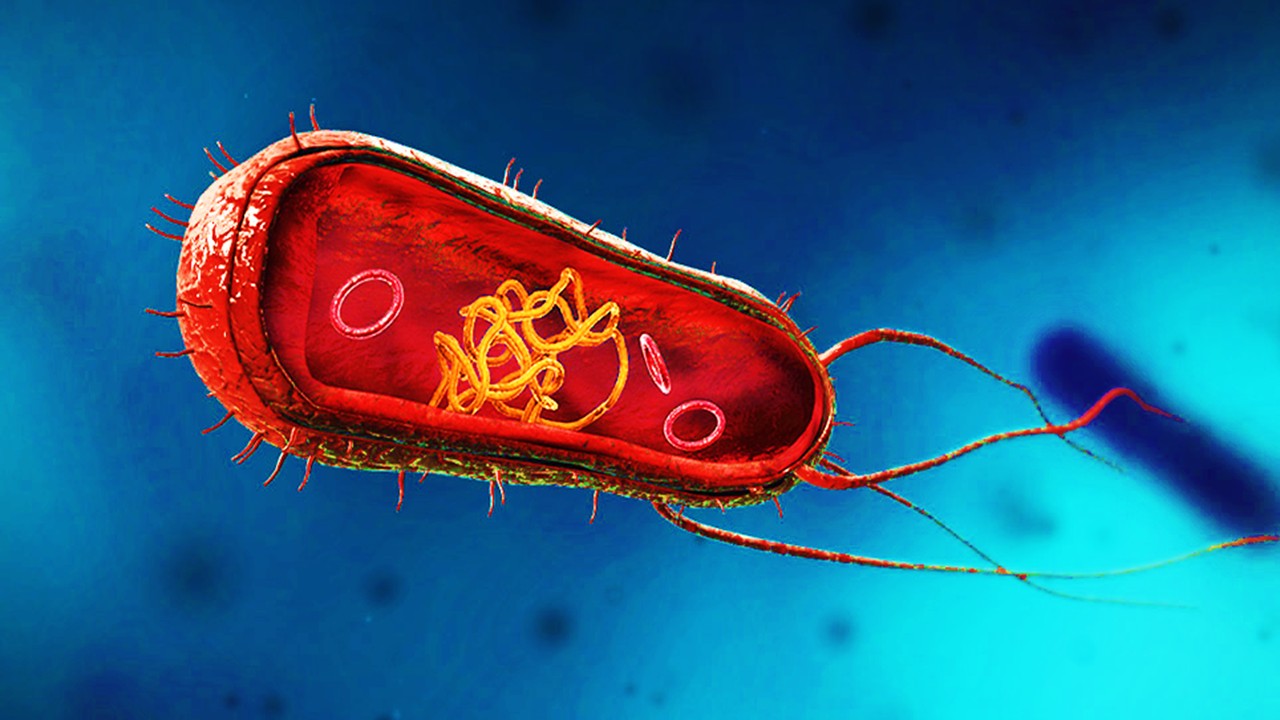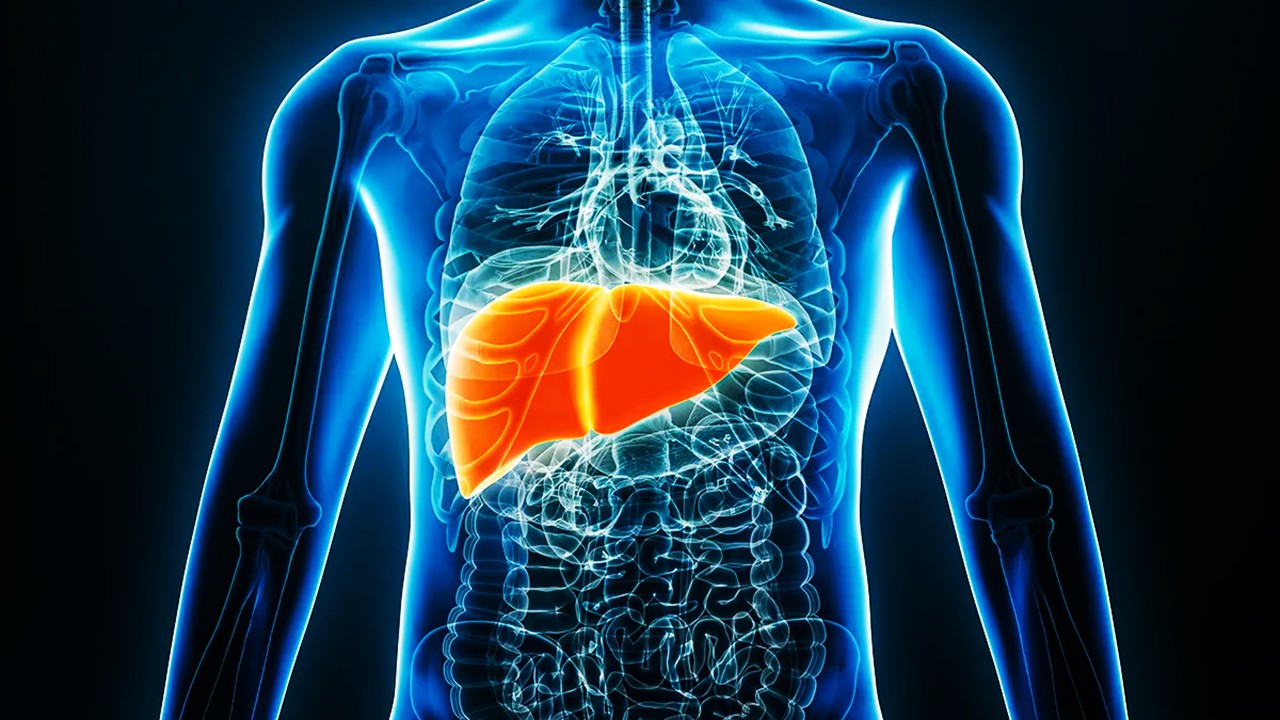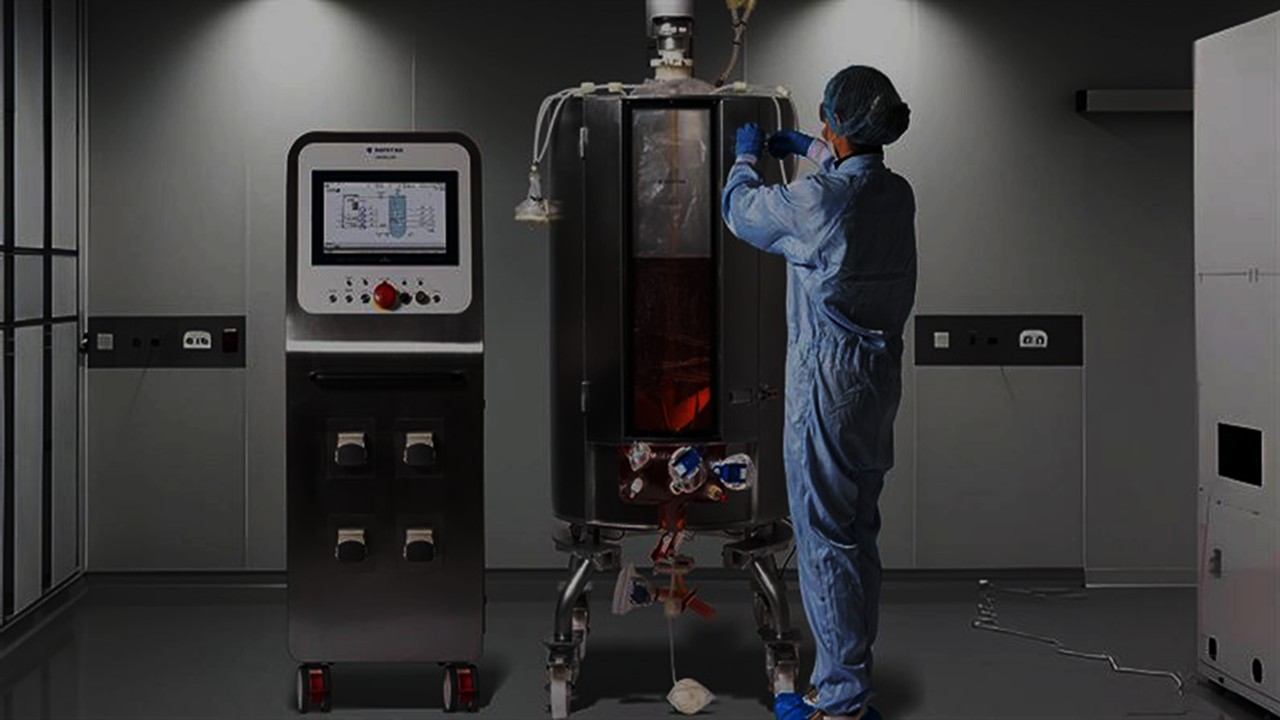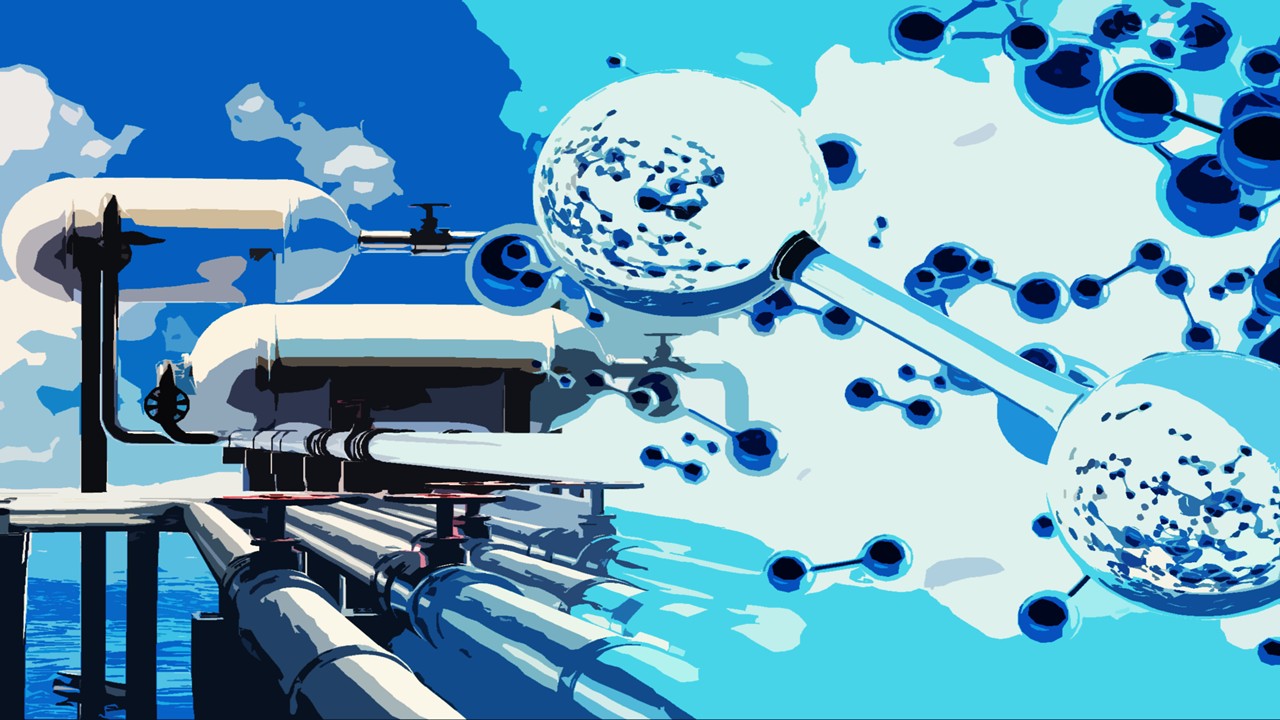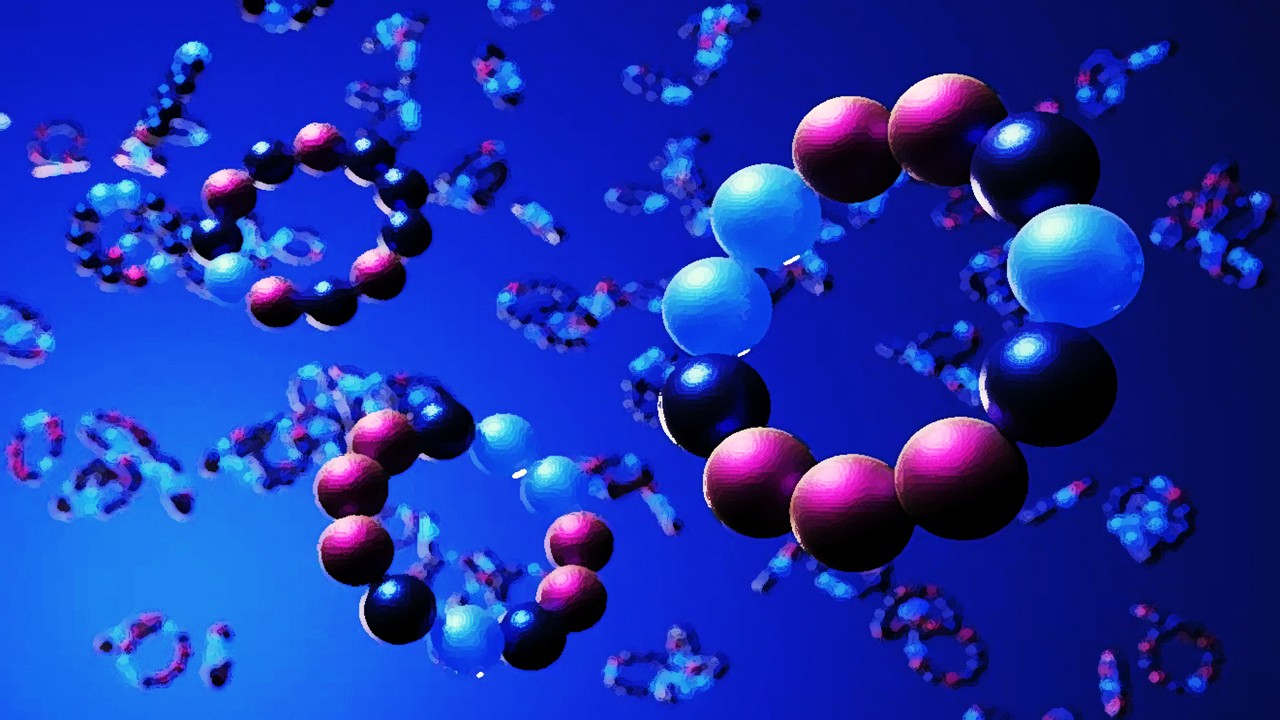Memory in Nanoparticles: The Architecture of NVX-CoV2373
The NVX-CoV2373 vaccine is a protein-subunit formulation that strategically emulates the full-length spike glycoprotein of the ancestral Wuhan-Hu-1 SARS-CoV-2 virus. Its molecular design hinges on recombinant spike proteins that self-assemble into nanoparticles, an approach that allows the immune system to engage a dense array of antigens in a repetitive configuration. These nanoparticles are co-formulated with Matrix-M™, a saponin-based adjuvant that enhances antigen presentation through localized inflammation and dendritic cell recruitment. Upon injection, antigen-presenting cells engulf the nanoparticle complexes, process them via MHC class II pathways, and stimulate naive CD4+ T cells toward a Th1-biased profile. IFN-γ, IL-2, and TNF-α cytokines are subsequently secreted, driving not just immediate effector responses but also the formation of durable memory. Unlike mRNA vaccines, this protein-based platform bypasses intracellular transcription and translation, offering a direct route to antigen mimicry. The architecture suggests that NVX-CoV2373’s primary strength lies in its capacity to prime cellular immunity while maintaining a robust humoral profile.
While antibodies dominate public perception of vaccine efficacy, cell-mediated immunity forms a critical second arm of defense—particularly relevant in viral clearance and prevention of severe disease. T cells, unlike antibodies, are less prone to evasion by single-point mutations due to their broader epitope recognition and effector diversity. CD4+ helper T cells play pivotal roles in licensing B cells and orchestrating immune coordination, while CD8+ cytotoxic T cells directly target infected cells. NVX-CoV2373’s Matrix-M adjuvant is crucial here, enhancing dendritic cell activation and promoting cytokine-rich microenvironments that drive robust T cell differentiation. Studies have shown that within seven days post-inoculation, activated CD4+ T cells capable of producing Th1-type cytokines appear in circulation. This rapid onset of cellular response underscores the adjuvant’s potency and reflects a hallmark of effective immunological engagement. By facilitating early and coordinated T-cell recruitment, the vaccine attempts to mirror the kinetics of a primary infection without the associated pathology.
However, the decision to mimic only the ancestral SARS-CoV-2 spike in its design poses inherent limitations when confronting viral evolution. Variants such as Omicron BA.4 and BA.5 harbor numerous spike mutations that disrupt both neutralizing antibody epitopes and potential T-cell epitopes. While structural fidelity to the original spike protein ensures high immunogenicity in naive hosts, this rigidity constrains adaptive plasticity in a landscape of emerging variants. Consequently, NVX-CoV2373 may excel as a foundational priming agent but falter in adaptive boosting against escape mutants. Its static design contrasts sharply with mRNA platforms capable of rapid reprogramming, highlighting a trade-off between manufacturing stability and immunological responsiveness. Thus, although NVX-CoV2373 is elegantly engineered, its reliance on a fixed immunogen exposes vulnerabilities in an era of rapid antigenic drift. As such, its long-term utility may depend on complementary strategies that enhance epitope breadth and update capability.
Cellular Recall: Dissecting Day Seven Post-Vaccination
By day seven post-vaccination, peripheral blood becomes a window into early immune memory, revealing the immediate cellular response shaped by antigen exposure. In the NVX-CoV2373 South African trial cohort, this timepoint was chosen to assess T-cell responses via intracellular cytokine staining of PBMCs. Surprisingly, the magnitude of both CD4+ and CD8+ T-cell responses was statistically similar between participants receiving a single dose and those receiving a homologous third dose. This finding disrupts traditional immunological assumptions that successive antigen exposures always yield quantitatively superior cellular responses. Instead, the data imply that T-cell memory compartments may saturate after the primary series, making additional doses a qualitative rather than quantitative intervention. These comparable magnitudes suggest that while polyfunctionality may be enhanced by boosters, total T-cell recruitment plateaus early in the vaccine regimen. The immune system, once primed, appears to resist over-expansion, likely due to homeostatic constraints and memory niche limitations.
CD4+ T cells dominate the vaccine-elicited T-cell landscape, functioning not only as helpers but also as orchestrators of long-term immunological surveillance. In both single and booster groups, the majority of participants elicited detectable CD4+ T-cell responses to the full-length spike protein, indicating strong initial priming. These cells exhibited Th1 cytokine profiles, consistent with the vaccine’s design intent to avoid Th2-associated adverse responses. However, the functional quality differed between groups: those receiving a booster dose displayed more frequent polyfunctional CD4+ T cells capable of co-producing IFN-γ, IL-2, and TNF-α. This polyfunctionality is associated with increased durability and breadth of immune protection, as multifunctional cells are better poised to support diverse effector arms. Nonetheless, the total number of responders and their median cytokine levels remained unchanged, reinforcing the idea that boosting modulates quality over quantity. These findings suggest that T-cell recall at this timepoint is less about proliferation and more about sharpening the immune response’s precision.
CD8+ T-cell responses, though detectable in nearly all participants, were consistently lower in functional complexity compared to their CD4+ counterparts. Unlike CD4+ cells, CD8+ T cells remained largely monofunctional, typically secreting only IFN-γ or TNF-α, with minimal IL-2 production. This may reflect the inherent limitations of protein-based vaccines in driving robust CD8+ activation due to inefficient MHC I antigen presentation. Despite these limitations, the presence of cytotoxic T-cell activity—even at modest levels—could contribute to viral clearance, especially in early infection stages. The booster dose did not significantly enhance CD8+ T-cell response magnitude or polyfunctionality, indicating a ceiling effect likely tied to the vaccine’s antigen delivery format. Interestingly, while mRNA vaccines tend to produce more potent CD8+ responses, they do so with variable safety and durability. In this light, the NVX-CoV2373 profile reveals a deliberately focused CD4-driven immunity, which, while limited in breadth, is highly stable and consistent.
Quality Over Quantity: The Polyfunctional T Cell Signature
T-cell polyfunctionality—the simultaneous production of multiple cytokines—is an increasingly recognized biomarker of vaccine-induced protective immunity. Polyfunctional T cells are metabolically fitter, more persistent in circulation, and more adept at coordinating complex immune responses across tissues. In the NVX-CoV2373 study, CD4+ T cells from booster recipients showed enhanced polyfunctional profiles, particularly in IL-2 and TNF-α co-expression. These cytokines contribute to T-cell survival, proliferation, and help signals for B cell class switching, supporting both humoral and cellular arms of immunity. This quality upgrade was absent in CD8+ cells, which remained primarily monofunctional across all doses and timepoints. As such, the NVX-CoV2373 booster appears to refine T-cell behavior rather than initiate further expansion—a recalibration rather than a proliferation. This shift underscores the nuanced immunobiology of memory: functional diversity, not just cell number, governs long-term effectiveness.
The distinction between booster and single-dose recipients becomes even more pronounced when viewed through cytokine co-expression matrices. Pie chart visualizations of polyfunctional patterns reveal an increase in bifunctional CD4+ subsets post-booster, with significant enrichment in the IL-2/TNF-α and IFN-γ/TNF-α combinations. These subsets are critical in sustaining germinal center reactions and prolonging memory B-cell maturation—features associated with longer-lasting protective immunity. By enhancing T-cell polyfunctionality, the booster creates a memory reservoir with greater effector potential upon re-exposure to antigen. Importantly, this shift does not translate into greater numbers of high responders, but rather reconfigures the cytokine landscape within a pre-established ceiling. This suggests that while a third dose fine-tunes immune competence, it may not rescue failing immunity in those who did not respond to the initial series. Instead, it optimizes existing responses in individuals who already developed functional memory T cells after the primary series.
Despite these qualitative improvements, the absence of augmented CD8+ polyfunctionality remains a notable limitation. CD8+ T cells, when polyfunctional, can exert cytotoxicity more efficiently, resist exhaustion, and clear infected cells more rapidly. However, the structural format of the NVX-CoV2373 vaccine—lacking intracellular antigen presentation and relying heavily on MHC II pathways—curtails such outcomes. The adjuvant Matrix-M does not appear sufficient to overcome this deficit in cross-presentation. While some antigenic spillover may stimulate MHC I–restricted responses, it is neither robust nor reliably polyfunctional. Thus, the booster’s impact on cellular immunity is largely confined to the CD4+ compartment, further emphasizing the design bias toward helper T-cell activation. This compartmentalization, while protective in some contexts, limits broader cellular defense strategies necessary for rapidly evolving viruses like SARS-CoV-2.
The Variant Test: T-Cell Reactivity to Omicron’s Mutational Landscape
The emergence of the Omicron BA.4 and BA.5 subvariants introduced substantial antigenic shifts that tested the breadth of vaccine-induced T-cell responses. NVX-CoV2373-elicited T cells, primed by ancestral spike epitopes, faced a mutated peptide landscape that presented altered immunological challenges. When exposed to Omicron-specific peptide pools, CD4+ T-cell responses declined significantly compared to their response to the original spike protein. This attenuation occurred in both single-dose and booster recipients, indicating that the booster did not restore cross-recognition. The diminished CD4+ T-cell response suggests potential disruptions in MHC class II epitope binding due to sequence alterations in the spike protein’s immunodominant regions. These findings raise concerns about the resilience of helper T-cell immunity to antigenic drift, particularly when derived from vaccines encoding static viral architectures. The reduction in response magnitude reflects a loss in epitope fidelity, rather than an intrinsic failure of the vaccine platform.
Interestingly, CD8+ T cells retained relatively stable recognition of Omicron peptides, showing no statistically significant drop in reactivity compared to ancestral spike targets. This suggests that the conserved regions of the spike protein, more likely presented by MHC class I molecules, remained largely intact across variants. Such conservation provides a buffer against viral escape, allowing cytotoxic T-cell responses to persist even as antibody efficacy wanes. However, these CD8+ responses did not increase in magnitude or polyfunctionality after boosting, limiting their capacity to adapt to the new variant’s escape profile. The implications are twofold: first, CD8+ T cells offer some baseline protection against variant evolution; second, this protection is not enhanced by additional doses of the same antigen. Consequently, while NVX-CoV2373 induces a cross-reactive T-cell repertoire, it lacks the adaptability to respond dynamically to emergent variant structures. This exposes a critical limitation in the booster strategy when variant-specific immunity is needed.
Further analysis revealed that polyfunctional cytokine production to Omicron-specific peptides remained lower than that elicited by ancestral sequences. CD4+ T cells from booster recipients showed some enrichment in dual-cytokine producers when stimulated with Omicron peptides, but these increases were modest. This underscores the inherent difficulty in re-engaging polyfunctional memory against altered epitopes without redesigning the antigenic payload. The T-cell fold-change analysis corroborated this interpretation: response ratios hovered below unity, reflecting a consistent trend of reduced activation. This phenomenon supports the hypothesis that even T-cell responses, once thought impervious to spike mutations, are vulnerable to selective immune escape. While the preservation of some functionality offers a degree of resilience, it is insufficient to fully neutralize the immunoevasive strategies deployed by rapidly evolving SARS-CoV-2 lineages. As such, future vaccine strategies must reconsider antigenic targets and update mechanisms to reestablish epitope congruence between pathogen and immunogen.
Redefining the Booster Paradigm: Plateau or Pivot?
The NVX-CoV2373 booster data force a reconsideration of what constitutes a meaningful immunological boost. Conventional wisdom holds that repeated exposures to the same antigen enhance immune response amplitude and breadth. Yet, this trial shows that the third dose of a protein subunit vaccine elicits minimal increases in T-cell response magnitude and only marginal gains in polyfunctionality. Such findings point to the concept of immunological saturation, where the memory compartment—once filled—resists further expansion. This plateau effect may be governed by clonal competition, cytokine-mediated regulation, and limited niche availability within lymphoid architecture. Rather than simply revving up the immune engine, a booster may recalibrate its gear system, optimizing existing components without increasing the engine size. These observations suggest that in populations with robust primary responses, further boosting with the same antigen may yield diminishing cellular returns.
Moreover, the data highlight a disjunction between humoral and cellular kinetics post-booster. While antibody titers often surge dramatically with additional antigen exposure, T-cell responses plateau earlier and demonstrate constrained flexibility. This is especially evident in CD8+ responses, which remained functionally static and resistant to augmentation following the third dose. This limitation could reflect the vaccine’s delivery mechanism, which favors MHC II presentation and struggles to efficiently prime MHC I pathways. Alternatively, it may indicate a hardwired regulatory ceiling that prevents excessive cytotoxic T-cell expansion to avoid tissue damage. These insights challenge the assumption that boosting universally benefits all arms of immunity, emphasizing the need for compartment-specific evaluation. Ultimately, vaccine policy must evolve from dose-frequency paradigms to functional impact models that prioritize meaningful immune remodeling over redundant antigen recall.
The booster’s inability to elevate responder classifications—i.e., low to medium, or medium to high—further affirms the notion of immunological entrenchment. Once a baseline T-cell memory is established, subsequent antigen exposures merely fine-tune that memory’s behavior without expanding its breadth. This has critical implications for public health strategies targeting variant emergence, particularly where T-cell escape becomes a serious concern. If boosters cannot enhance the ability to recognize new epitopes, their utility is reduced to maintenance rather than adaptation. Therefore, reliance on repeated boosting with unchanged antigens may entrench immune responses in a static configuration, ill-suited to dynamic viral evolution. Such limitations signal a need to pivot from static scaffolds to modular, update-ready vaccine designs capable of adjusting immunological focus as the virus continues to evolve.
Future Proofing Cellular Immunity: Toward Dynamic Vaccine Engineering
The NVX-CoV2373 experience offers a compelling case study in both the promise and constraints of protein-subunit vaccines in the age of SARS-CoV-2. While the vaccine robustly primes CD4+ T-cell responses and sustains modest CD8+ activity, its reliance on ancestral spike templates limits its versatility in the face of viral evolution. Six months after primary vaccination, a homologous booster failed to meaningfully amplify T-cell magnitude, instead enhancing only polyfunctional CD4+ responses. This trajectory is instructive: vaccines may shape long-term immunity not by inflating cell numbers, but by recalibrating the behavioral repertoire of existing cells. However, recalibration is not enough when the pathogen itself evolves faster than the immune memory’s capacity to keep pace. Thus, future-proofing vaccine strategies will require not only robust initial priming but built-in flexibility to retarget emerging antigenic threats. To do so, the field must adopt antigen design paradigms that accommodate both conservation and diversity in spike protein structure.
Mosaic and chimeric immunogens offer one pathway forward, incorporating multiple spike variants into a single formulation to broaden epitope presentation. Alternatively, computationally guided antigen optimization can prioritize highly conserved T-cell epitopes unlikely to mutate under immune pressure. Another approach involves hybrid platforms that combine the protein stability of NVX-CoV2373 with nucleic acid–based modules for rapid epitope swapping. These technologies can dynamically update the immune system’s training set, maintaining congruence between vaccine and circulating virus. Moreover, integrating cross-presentation enhancers could amplify CD8+ responses without compromising safety. As the SARS-CoV-2 viral landscape continues to diversify, vaccines must respond with architectural agility, embedding immunological foresight into their molecular blueprints. The ability to continuously engage both humoral and cellular defenses—regardless of variant—will determine the next era of pandemic resilience.
Ultimately, the NVX-CoV2373 booster study clarifies an emerging truth: effective vaccine strategies must move beyond static immunology and into dynamic systems design. Boosters are no longer about merely recalling past immunological memories but about writing new ones adapted to an evolving pathogen. In that sense, cellular immunity must be re-imagined not as a fixed wall of defense, but as an adaptable network capable of rewiring itself in real time. NVX-CoV2373 delivers a durable imprint of the virus that once was—but without updates, its protection against what the virus becomes will inevitably erode. The future of vaccine engineering lies in platforms that remember, adapt, and anticipate—turning immunological recall into immunological innovation. Only then can we keep pace with a pathogen that continues to rewrite its own genetic story.
Study DOI: https://doi.org/10.1038/s43856-025-00941-4
Engr. Dex Marco Tiu Guibelondo, B.Sc. Pharm, R.Ph., B.Sc. CpE
Editor-in-Chief, PharmaFEATURES

Subscribe
to get our
LATEST NEWS
Related Posts

Infectious Diseases & Vaccinology
Tetravalent Vaccines: The Power of Multivalent E Dimers on Liposomes to Eliminate Immune Interference in Dengue
For the first time, a dengue vaccine candidate has demonstrated the elusive trifecta of broad coverage, balanced immunity, and minimal enhancement risk,
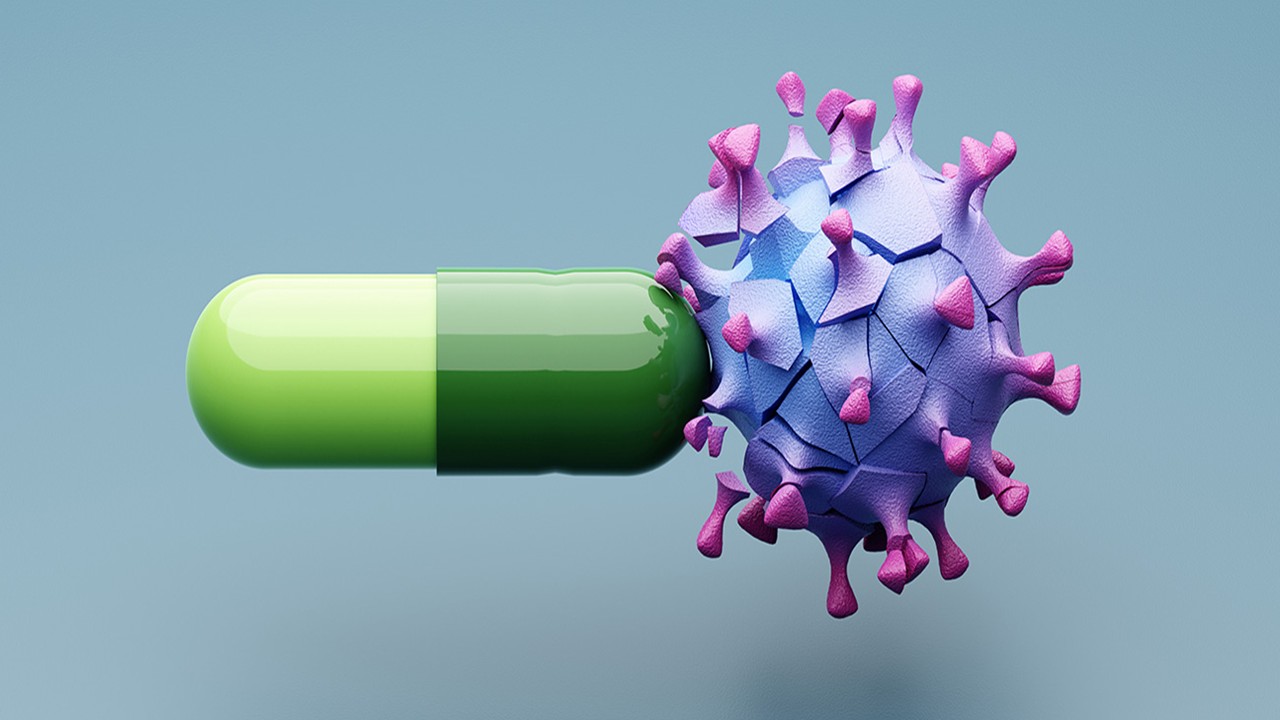
Infectious Diseases & Vaccinology
Interferon’s Gatekeeper: How SP140 Silences RESIST to Modulate Antiviral Immunity
SP140 mutations, linked to autoimmune diseases, are now mechanistically explained by the SP140–RESIST axis and its role in interferon dysregulation.

Infectious Diseases & Vaccinology
The Sweet Code: Reprogramming Viral Glycans to Forge Better Hepatitis C Vaccines
Glycoengineering the hepatitis C virus E2 protein improves its structure and makes it more effective at triggering protective immune responses.
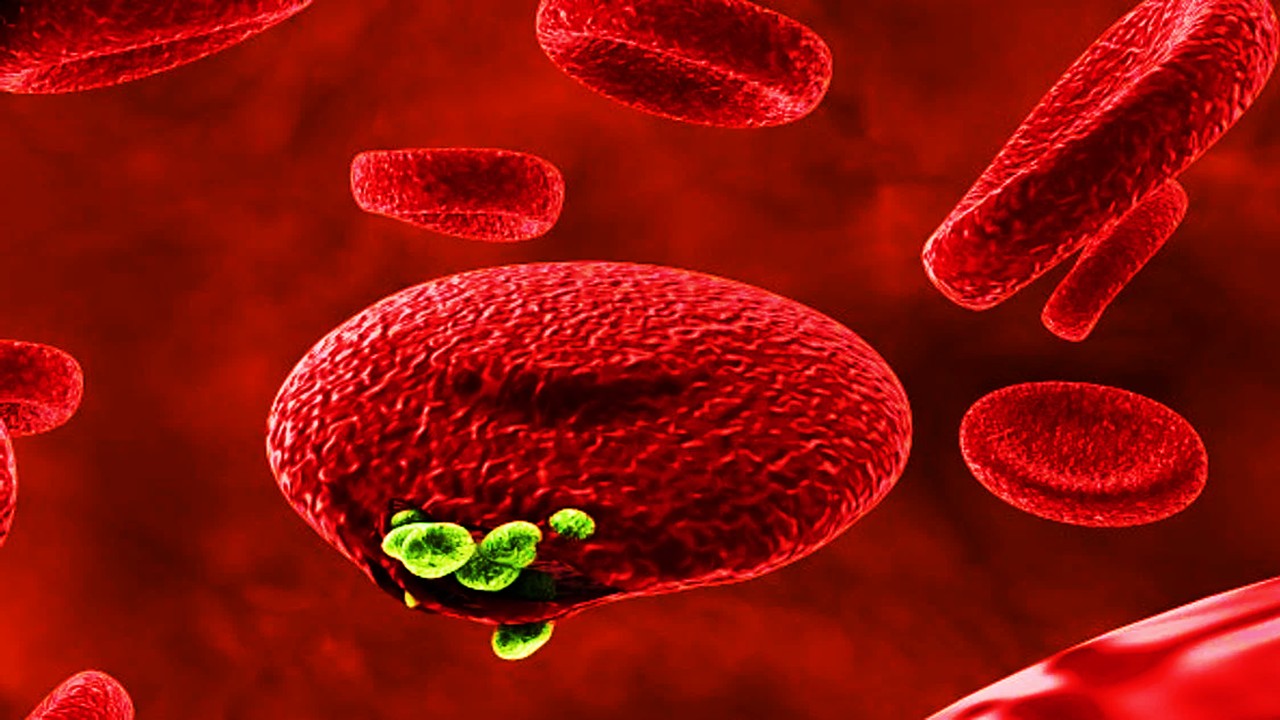
Infectious Diseases & Vaccinology
Primed by Parasites: How Malaria Exposure and Off-Target Immunity Shape RTS,S Vaccine Protection
RTS,S/AS02A leverages malaria’s immunological imprint to elicit both targeted and unexpected antibody responses, reshaping how we understand—and engineer—vaccine efficacy in exposed populations.
Read More Articles
Mini Organs, Major Breakthroughs: How Chemical Innovation and Organoids Are Transforming Drug Discovery
By merging chemical innovation with liver organoids and microfluidics, researchers are transforming drug discovery into a biologically precise, patient-informed, and toxicity-aware process.
Pathogenic Targeting 5.0: The Rise of RNA Therapeutics and Peptide-Based Drugs in Modern Medicine
Unlike traditional small-molecule drugs, which interact with proteins, RNA therapies modulate gene expression directly, enabling interventions at the root of disease.




